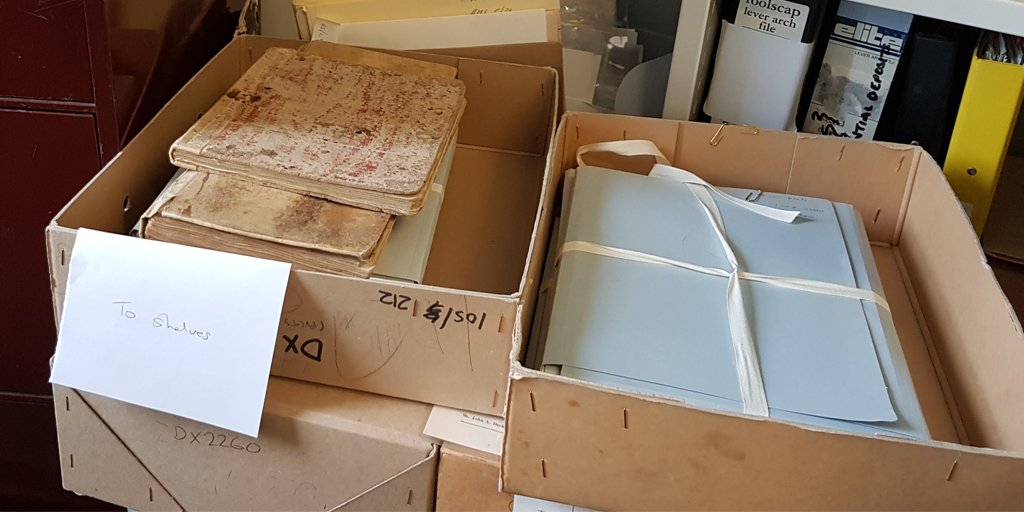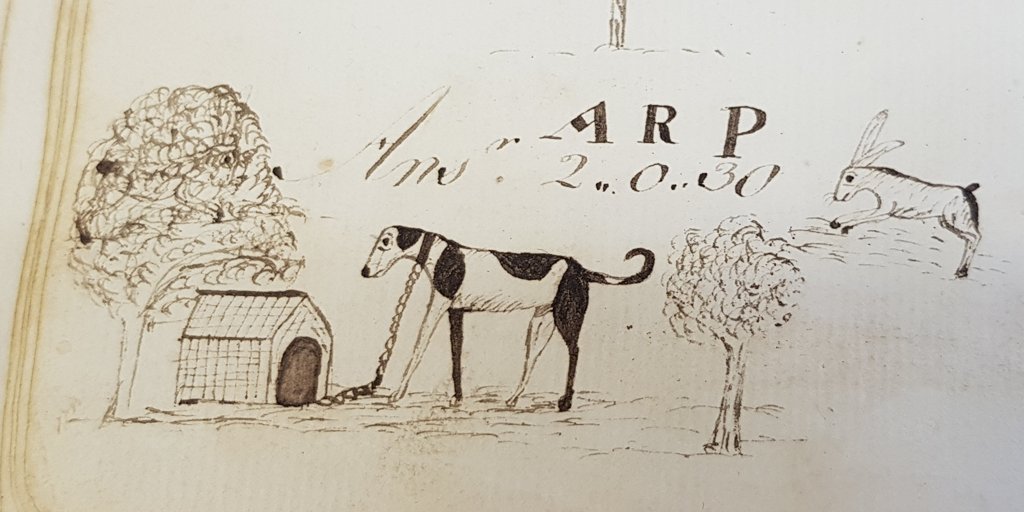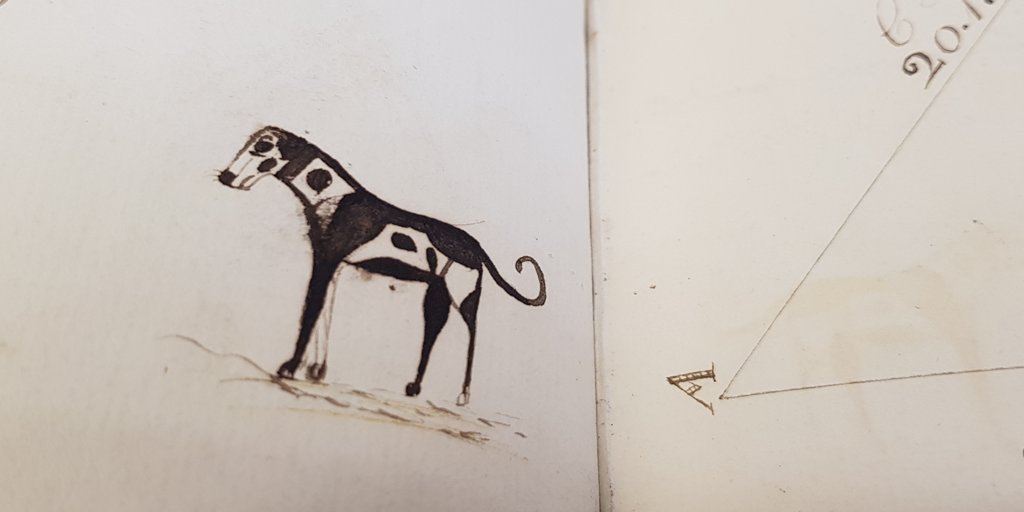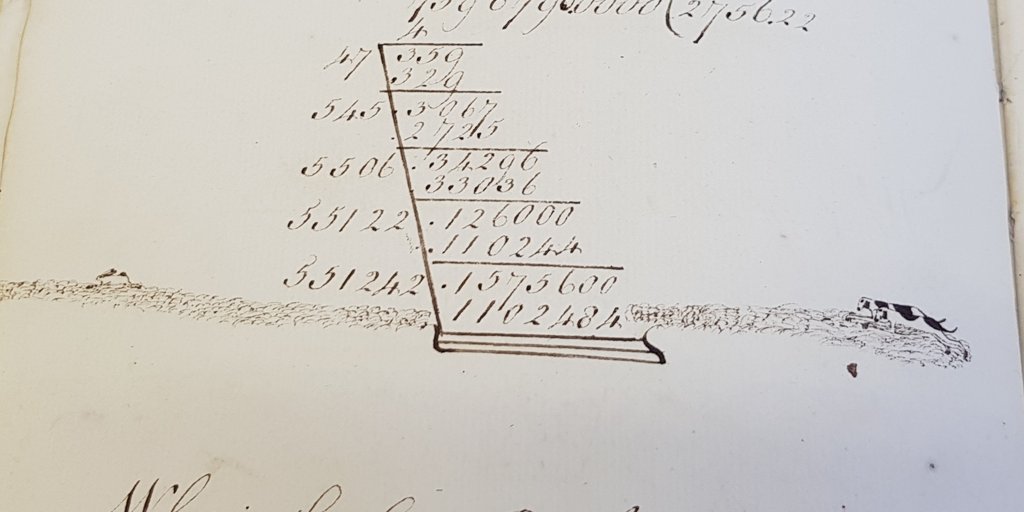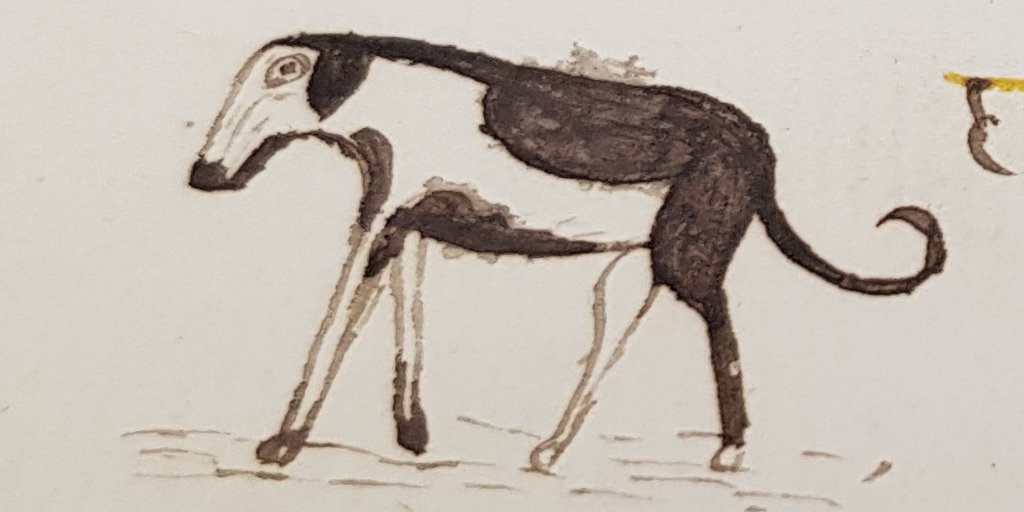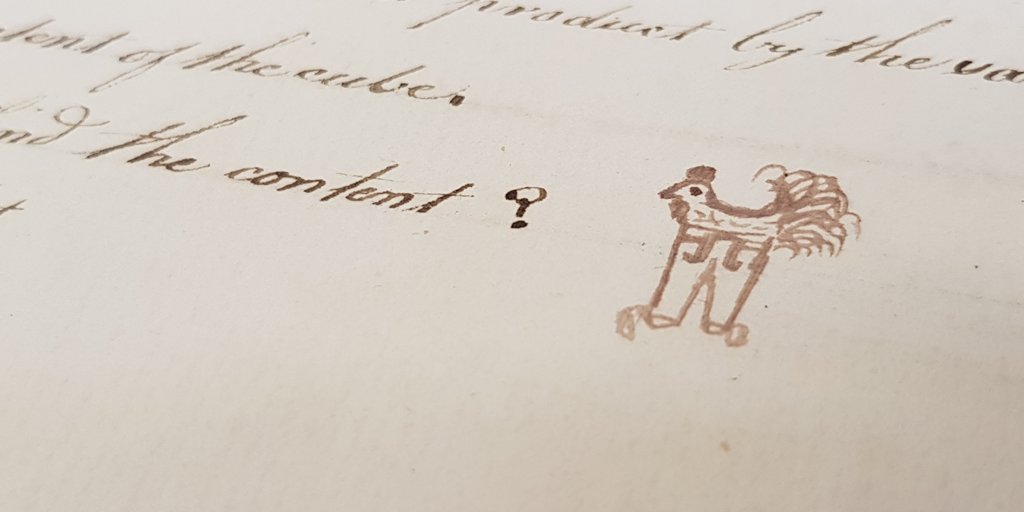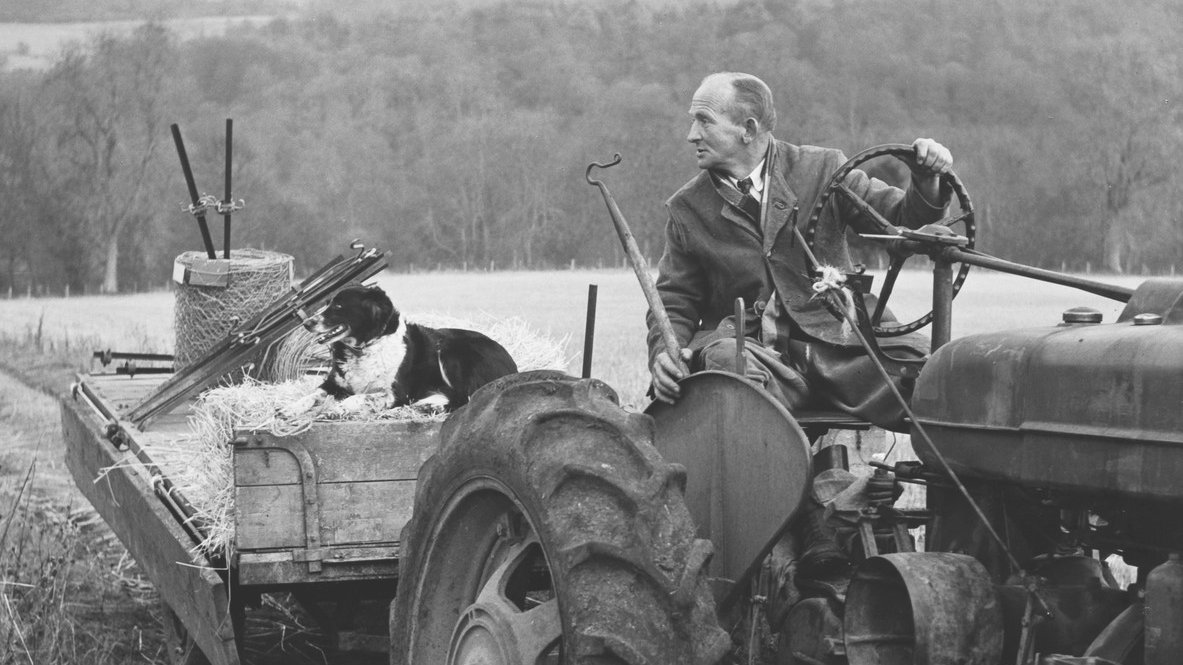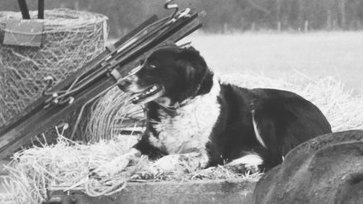
Ok, we found something amazing and we demand you to come on a journey with us:
A lot of our offices are like this.
The usual depressing office furniture, the utilitarian bookshelves, the archive trolleys which we *definitely* don’t ride down the corridors and…
The usual depressing office furniture, the utilitarian bookshelves, the archive trolleys which we *definitely* don’t ride down the corridors and…
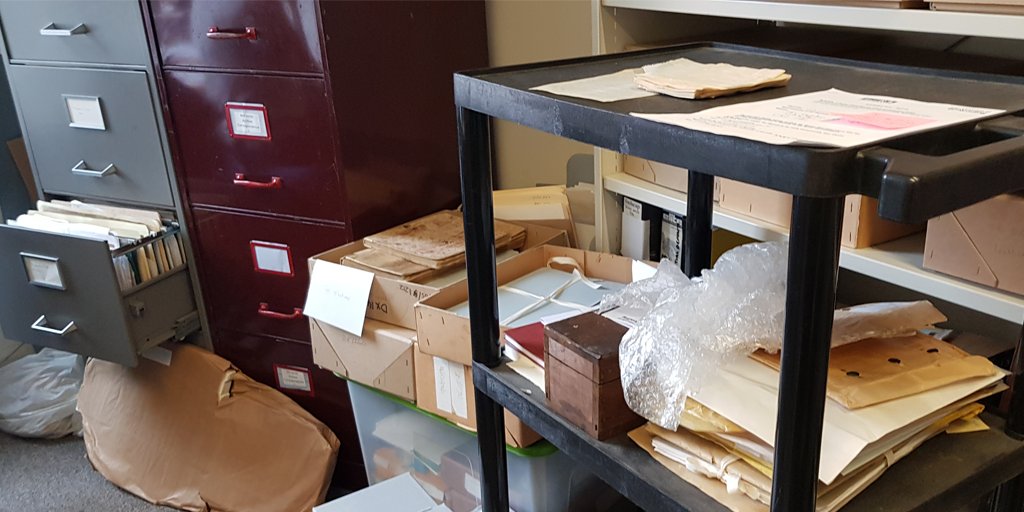
Except this isn’t your normal farm diary.
It's not even a diary.
It’s a Mathematics book owned by someone called Richard Beale, from a farm in Biddenden, Kent.

It's not even a diary.
It’s a Mathematics book owned by someone called Richard Beale, from a farm in Biddenden, Kent.
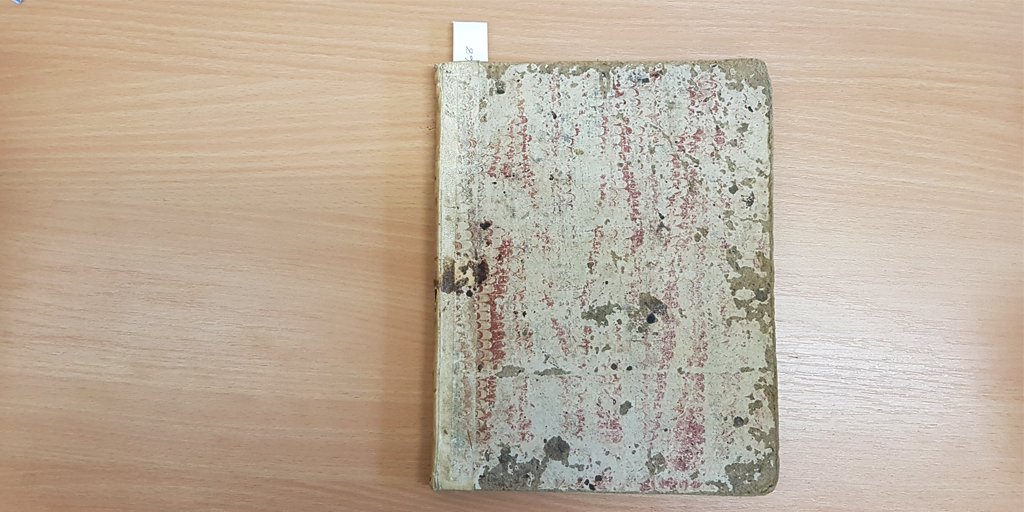
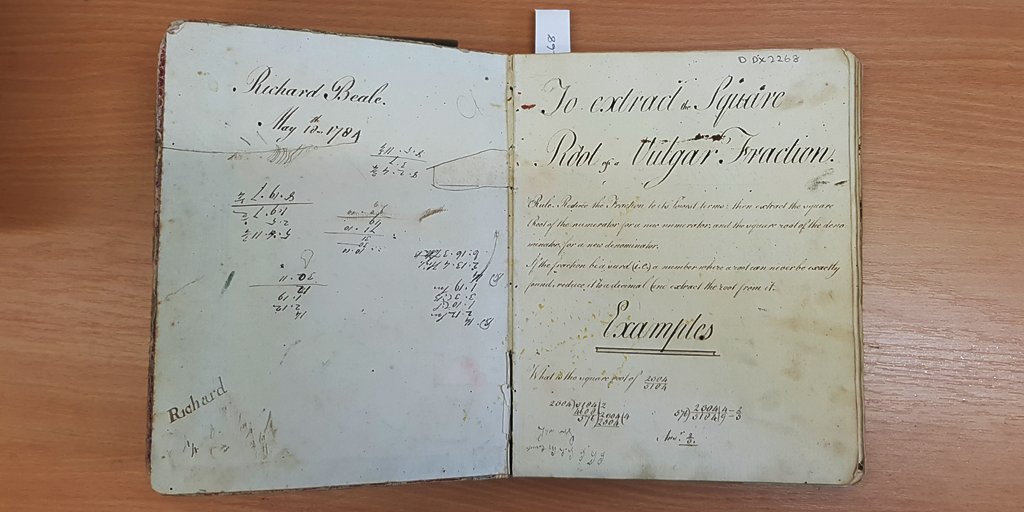
(As an aside, though, we got this book thanks to a generous donor because it’s connected to some of our farm diaries, which are a lot like normal diaries but with more cows.
We wrote a blog back in 2016 when we first got this family’s diaries: merl.reading.ac.uk/news-and-views…)
We wrote a blog back in 2016 when we first got this family’s diaries: merl.reading.ac.uk/news-and-views…)
Every generation of the Beale family had a Richard, and we think the one who owned this book was 13 years old in 1784.
He used the book for writing out mathematical equations and problems.

He used the book for writing out mathematical equations and problems.
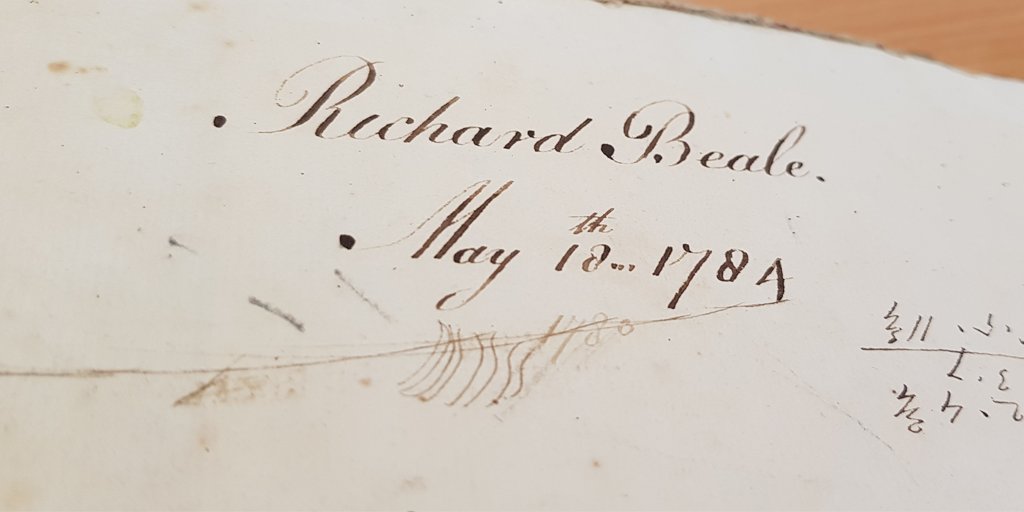

(they also had a boy named Seaman in every generation, which is just unfortunate, and a story for another time)
If Richard was indeed the 13 year old, he had a beautiful hand. His mathematics are laid out like a dream.
But, like every teenager, mathematics couldn’t fill the void of Richard's heart.
But, like every teenager, mathematics couldn’t fill the void of Richard's heart.
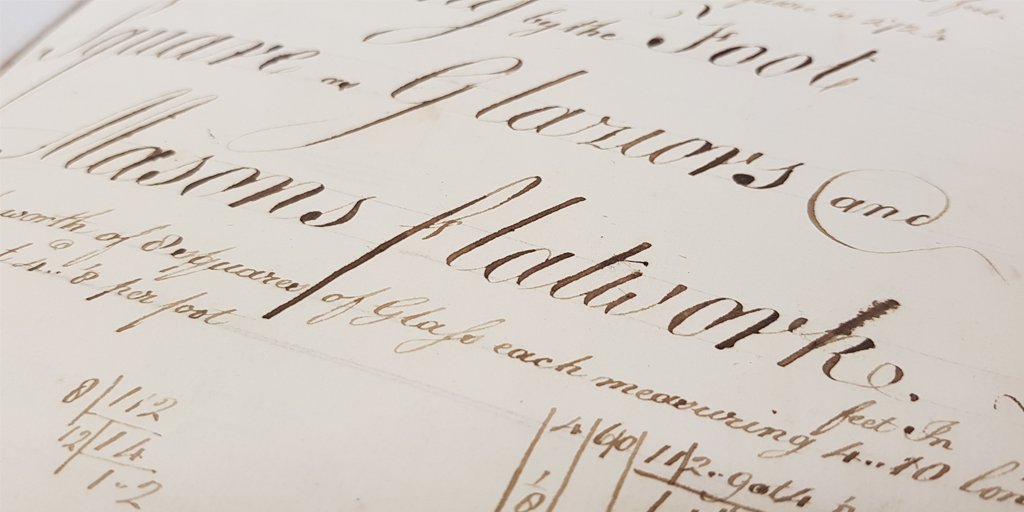
Richard also starts incorporating his doodles into his mathematics, with beautiful ships, lighthouses, street scenes and trees. 




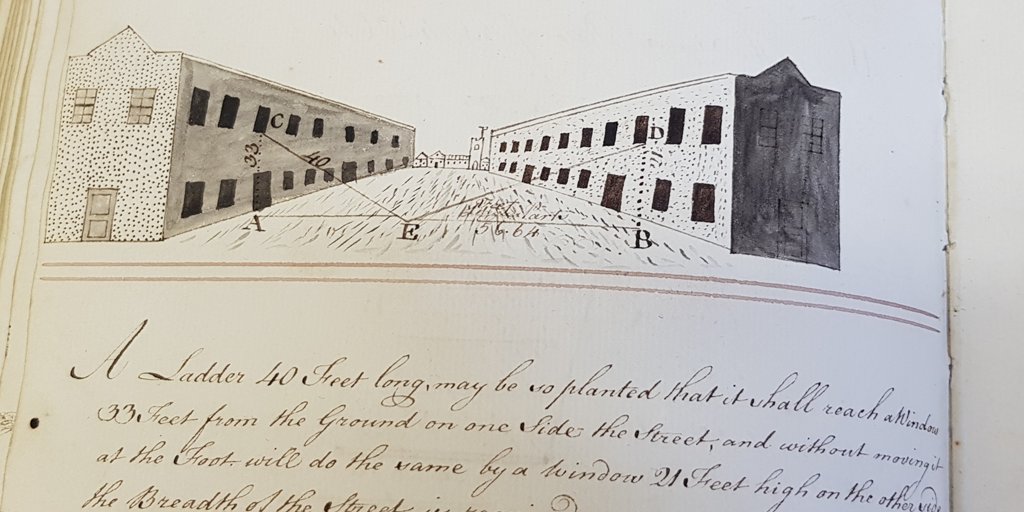

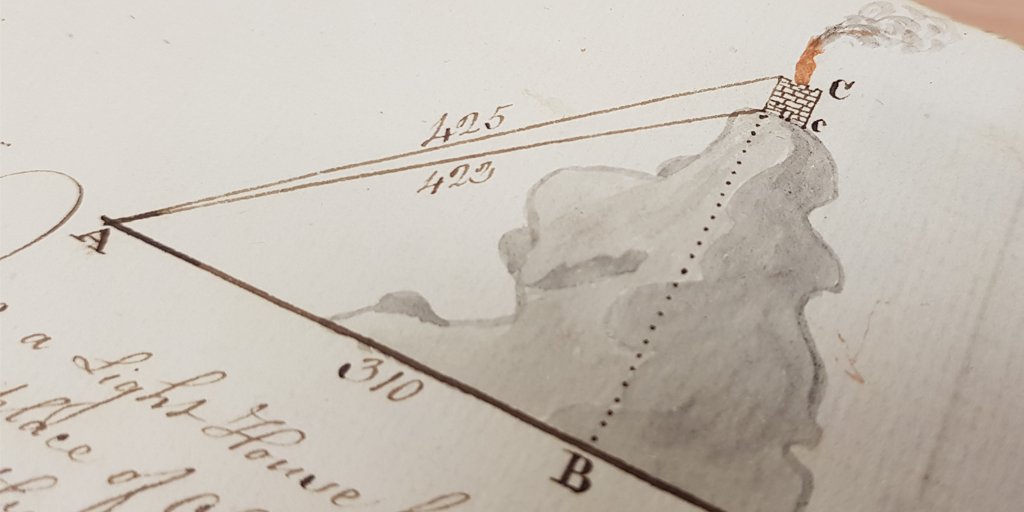
But there’s one thing we didn’t expect to see.
Richard Beale is just one of many doodlers throughout history, but it’s through these drawings that people from the past are brought to life and made flesh and blood.
We love archives, and we love it when people use them. Get in touch if you want to: merl.reading.ac.uk/visit-us/readi…
We love archives, and we love it when people use them. Get in touch if you want to: merl.reading.ac.uk/visit-us/readi…
• • •
Missing some Tweet in this thread? You can try to
force a refresh

